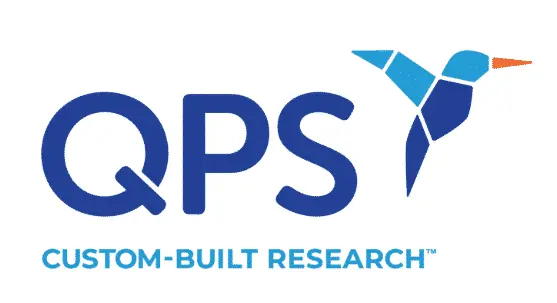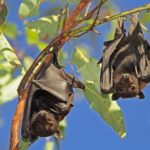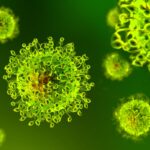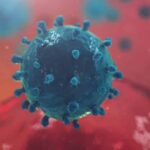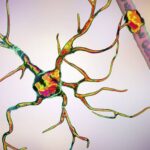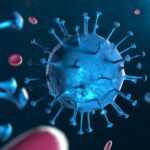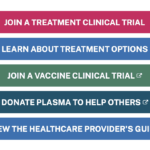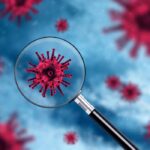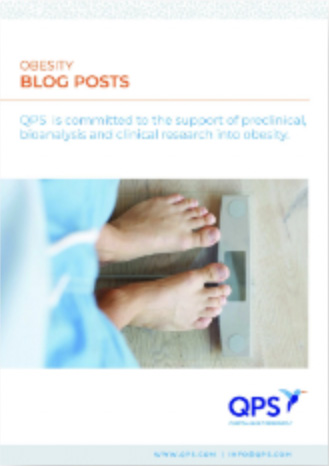About 2,238,462 travelers passed through Transportation Security Administration (TSA) checkpoints on…
Scientists involved in the search for the source of SARS-CoV-2 have…
You wake up with a congested nose, an annoying cough, and…
The SARS-CoV-2 virus has spread rapidly following its first reported incidence…
In much of the developed world where COVID-19 vaccination rates have…
Several weeks ago, we discussed COVID-19 neurological symptoms, including difficulty thinking, concentrating,…
When developing a therapy or vaccine against an emerging virus, knowing…
Difficulty thinking, concentrating, and remembering are amongst the most debilitating long-haul…
The pace of vaccine development against COVID-19 will certainly go down…
Plants can liven up a dreary space, purify our air, and generally…
The spring equinox arrived in March and with it came longer…
Since the outbreak of the COVID-19 pandemic, people around the world…
In January, we introduced the social media phenomenon “View From My…
After recovering from a viral infection, the human body’s immune system…
The U.S. Department of Health and Human Services recently launched a…
The logistics of vaccinating the global population against COVID-19 involve complicated…
Social distancing. Country-wide lockdowns. Mask mandates. In the last year, people…
In January, we introduced the social media phenomenon “View From My…
Zoonotic coronaviruses, which are those that have made the leap from…
The QPS clinical trial site in Springfield, Missouri, is staffed with healthcare…
Introduction Real-world evidence (RWE) is accelerating drug development by using routinely collected patient health data, known as real-world data (RWD), to deliver insights beyond…
Introduction Researchers are developing novel, safer treatments for cancer, but bringing new oncology therapies to market is challenging. This white paper will examine the…
Introduction As global obesity rates continue to rise, the search for effective treatments is more critical than ever. Obesity is associated with an increased…
NEWARK, Del.—(BUSINESS WIRE)—QPS Holdings, LLC (QPS), an award-winning contract research organization (CRO) focused on bioanalytics and clinical trials, is celebrating its 30-year anniversary in…
NEWARK, Del.—(BUSINESS WIRE)—QPS India, a subsidiary of QPS Holdings, LLC (QPS), a GLP/GCP-compliant global full-service Contract Research Organization, has achieved another significant milestone by…
TAIPEI, Taiwan—(BUSINESS WIRE)—QPS, a leading global contract research organization (CRO) specializing in preclinical and clinical drug development services, is pleased to announce the expansion…
Webinars
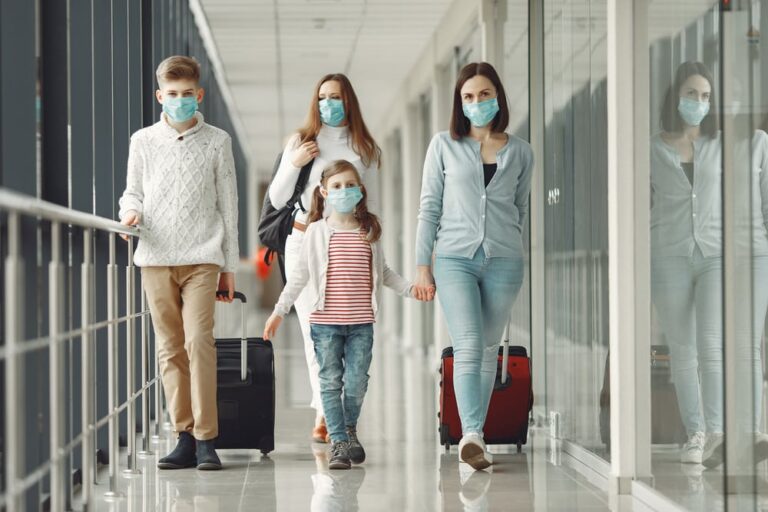
How the Delta Variant May Impact COVID-19 Travel Restrictions
August 25, 2021
About 2,238,462 travelers passed through Transportation Security Administration (TSA) checkpoints on August 1, 2021. Per TSA data, that’s nearly three times the number of travelers
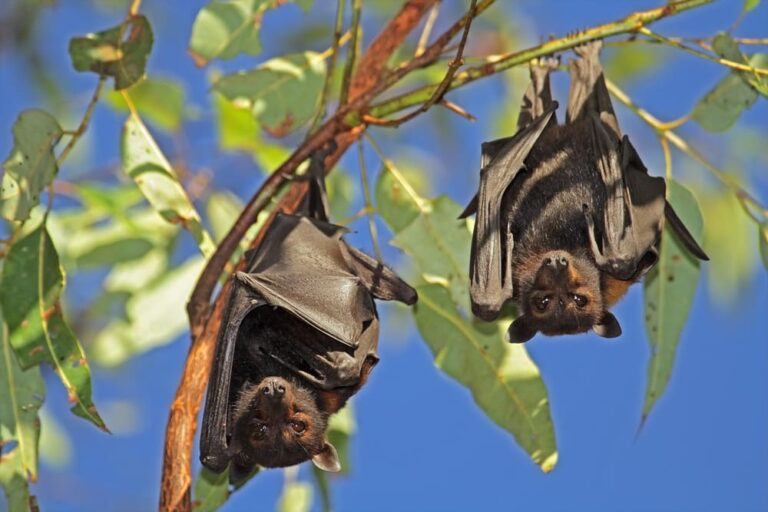
The SARS-CoV-2 Jump from Bats to Humans and What It Tells Us
August 16, 2021
Scientists involved in the search for the source of SARS-CoV-2 have pointed to a “jump” from bats occurring in and around Wuhan, China. Whether the

The Common Cold vs. COVID-19
August 11, 2021
You wake up with a congested nose, an annoying cough, and body aches. You’re fully vaccinated against COVID-19 – and yet, you can’t help but
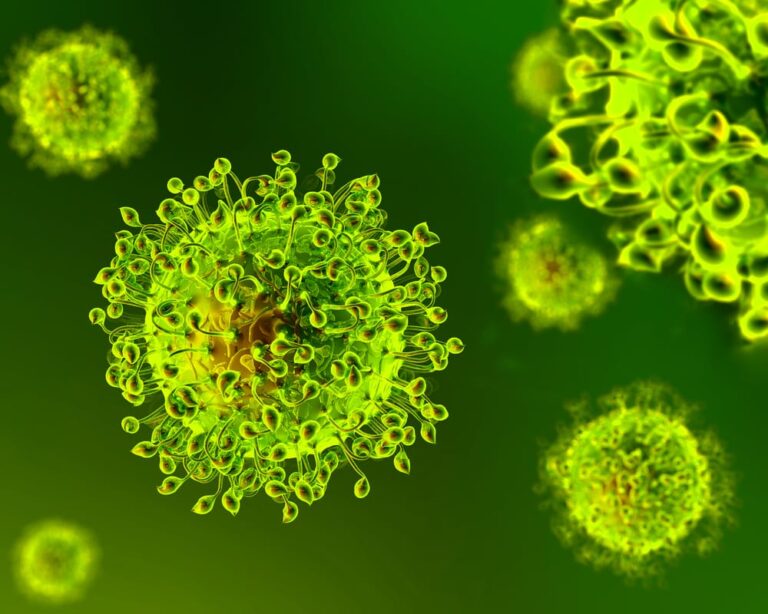
Is SARS-CoV-2 Evolving to Evade Vaccines?
July 26, 2021
The SARS-CoV-2 virus has spread rapidly following its first reported incidence in 2019, and since that time, several variants of the virus have circulated around
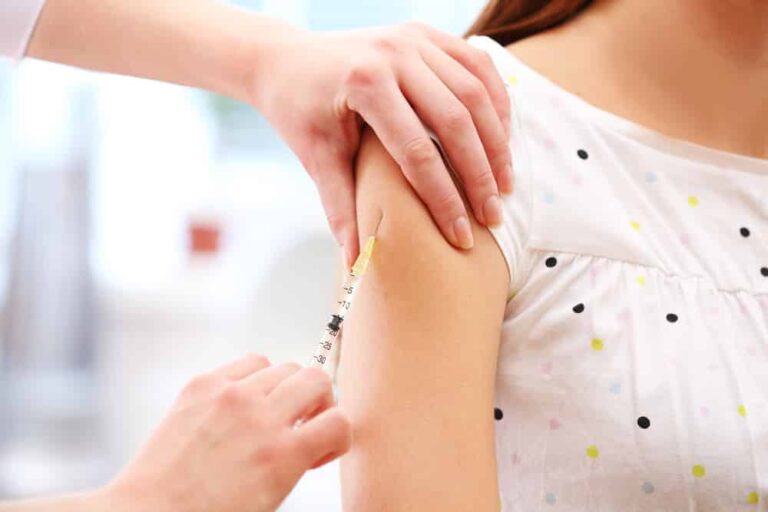
Back to the Egg — Searching for a Low-Cost COVID-19 Vaccine
July 5, 2021
In much of the developed world where COVID-19 vaccination rates have been relatively high, reported COVID-19 cases have dropped significantly. For developing countries where there

Lingering COVID-19 Symptoms
June 23, 2021
Several weeks ago, we discussed COVID-19 neurological symptoms, including difficulty thinking, concentrating, and remembering. All of these symptoms have one crucial factor in common: they are
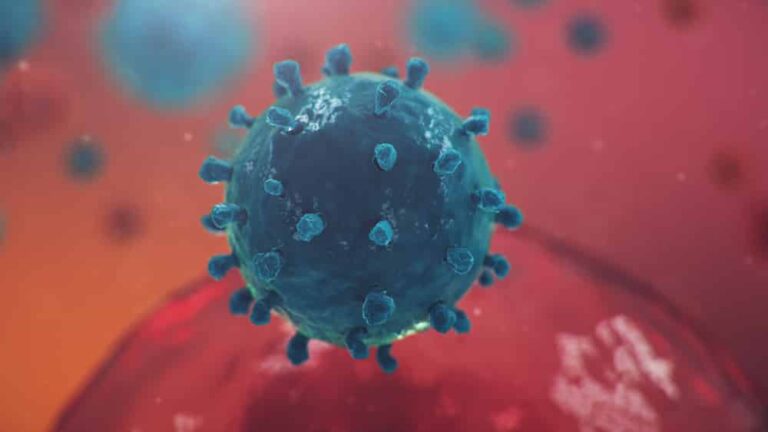
When Did SARS-CoV-2 Actually Emerge?
June 13, 2021
When developing a therapy or vaccine against an emerging virus, knowing how long it has been in existence can tell scientists how many forms may
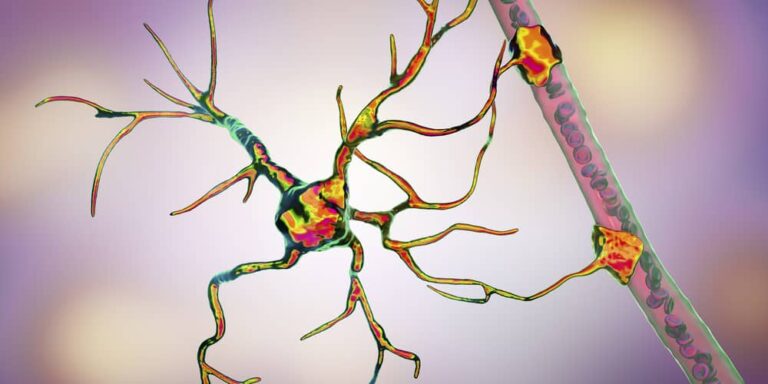
New Study Illuminates COVID-19 Neurological Symptoms
May 19, 2021
Difficulty thinking, concentrating, and remembering are amongst the most debilitating long-haul symptoms of COVID-19. In some cases, this “brain fog” can linger for months. Of
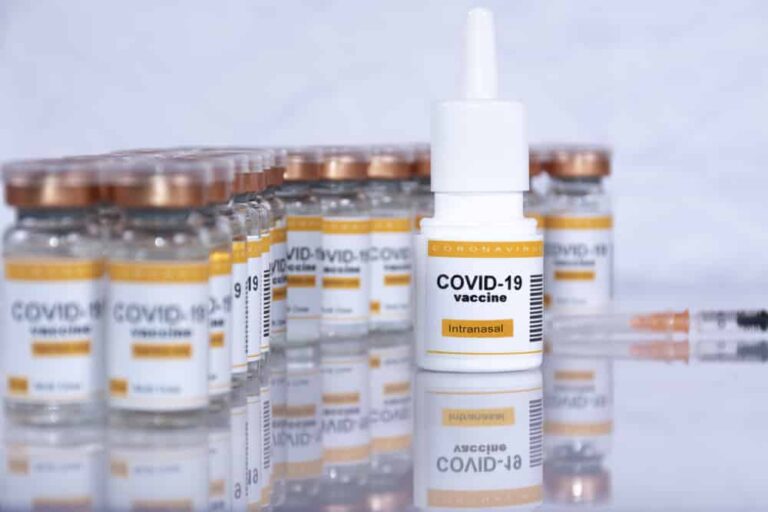
The Most Effective COVID-19 Vaccine Could Be Intranasal
May 3, 2021
The pace of vaccine development against COVID-19 will certainly go down as one of the fastest in our history. In less than a year, a

How Houseplants Can Contribute to Fighting Multi-Resistant Germs
April 21, 2021
Plants can liven up a dreary space, purify our air, and generally keep us healthier – but what if they could contribute to innovative germ-fighting science,

COVID-19 and Allergies – Symptoms, Similarities, and the Science
April 19, 2021
The spring equinox arrived in March and with it came longer days, warmer temperatures and, for about eight percent of the world’s population, seasonal allergies.

Equine Coronavirus and Horses’ Contribution to the COVID-19 Vaccine
March 29, 2021
Since the outbreak of the COVID-19 pandemic, people around the world have been asked to do their part to prevent the virus from spreading. Whether

View from My Window, Part 3: The Community We Build
March 15, 2021
In January, we introduced the social media phenomenon “View From My Window” (VFMW), a Facebook Group whose members who have posted pictures of their inside-out
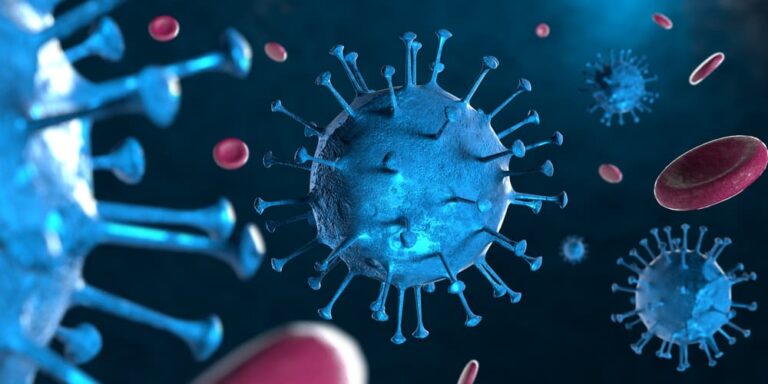
COVID-19 Immunity After Infection: Can You Catch COVID-19 Twice?
March 10, 2021
After recovering from a viral infection, the human body’s immune system retains a memory of the virus so that if the person encounters it again,
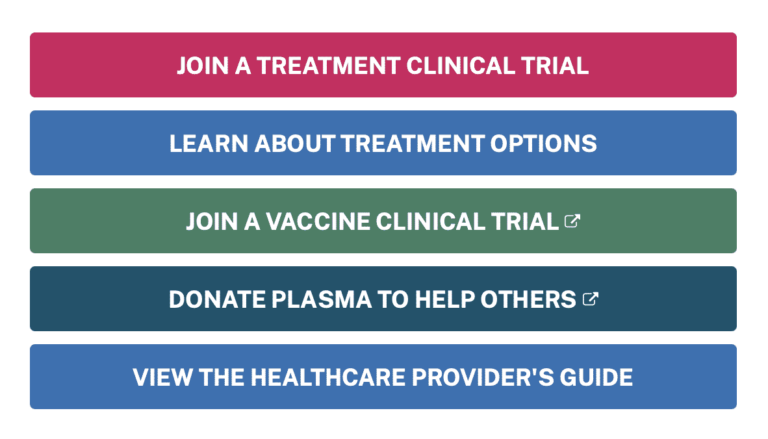
A COVID-19 Call to Arms: The HHS Invites Everyone to Join the Fight
March 8, 2021
The U.S. Department of Health and Human Services recently launched a new website to enlist the public’s support in fighting the SARS-CoV-2 virus: CombatCovid.hhs.gov. The

Unexpected (and Unexpectedly Artsy) COVID-19 Vaccination Sites
February 24, 2021
The logistics of vaccinating the global population against COVID-19 involve complicated scientific processes, complex infrastructure, governmental coordination, and collaboration with multinational companies. Despite these challenges,

How COVID-19 Has Impacted Clinical Trials
February 17, 2021
Social distancing. Country-wide lockdowns. Mask mandates. In the last year, people around the world have been forced to adapt their everyday lives to mitigate the

View from My Window, Part 2: The View from Your Window Matters
February 15, 2021
In January, we introduced the social media phenomenon “View From My Window,” a Facebook Group that gained popularity as COVID-related quarantines locked the world’s citizens
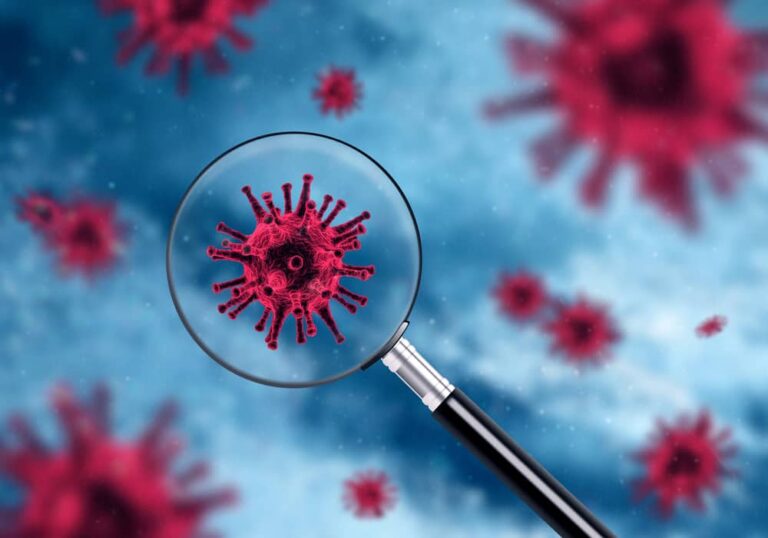
Mosaic Nanoparticles Might Provide a Design to Develop Products That Provide Immunity to Multiple Coronaviruses
February 3, 2021
Zoonotic coronaviruses, which are those that have made the leap from animals to humans, have caused three major epidemics in the last two decades. The

QPS Missouri Delivers COVID-19 Vaccines
January 29, 2021
The QPS clinical trial site in Springfield, Missouri, is staffed with healthcare providers and front-line healthcare workers and has remained open during the pandemic, providing clinical
Introduction Real-world evidence (RWE) is accelerating drug development by using routinely collected patient health data, known as real-world data (RWD), to deliver insights beyond…
Introduction Researchers are developing novel, safer treatments for cancer, but bringing new oncology therapies to market is challenging. This white paper will examine the…
Introduction As global obesity rates continue to rise, the search for effective treatments is more critical than ever. Obesity is associated with an increased…
NEWARK, Del.—(BUSINESS WIRE)—QPS Holdings, LLC (QPS), an award-winning contract research organization (CRO) focused on bioanalytics and clinical trials, is celebrating its 30-year anniversary in…
NEWARK, Del.—(BUSINESS WIRE)—QPS India, a subsidiary of QPS Holdings, LLC (QPS), a GLP/GCP-compliant global full-service Contract Research Organization, has achieved another significant milestone by…
TAIPEI, Taiwan—(BUSINESS WIRE)—QPS, a leading global contract research organization (CRO) specializing in preclinical and clinical drug development services, is pleased to announce the expansion…


